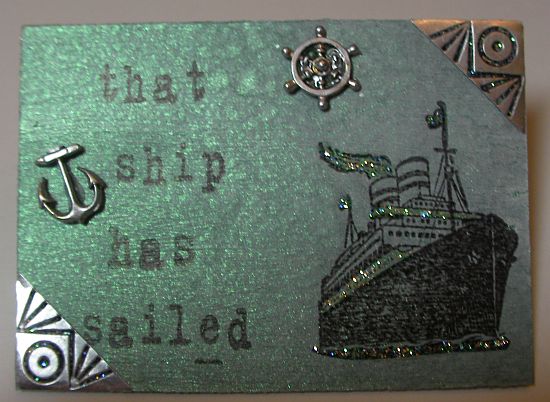According to pyra-handheld.com/specs.html it is slated to have a resistive touchscreen. I think that this would be a grave mistake. They are unresponsive and prone to scratching which means that they require an annoying screen protector with it's inherant bubbles or trapped dust. Whatsmore they're not very sensitive to multiple pressure levels.
I think that the ideal would be a capacitative touchscreen (very responsive) coupled with a Wacom style electromagnetic digitiser with passive pen (enabling up to 1024 pressure levels) a-la the Samsung Galaxy Note series of phones/tablets. This would be the gold standard.
An additional benefit if the developers were to take this route would be with some luck they might be able to procure the whole screen assembly from Samsung which would mean a Super AMOLED screen with superior contrast to all LCDs.
Have any of the developers looked into this? What do the other forum members think?
Thanks & Best Regards,
Roger
p.s. I can send one of the major hardware developers an old Galaxy Note to play around with (I have subsequently upgraded to the Note 3)
I think that the ideal would be a capacitative touchscreen (very responsive) coupled with a Wacom style electromagnetic digitiser with passive pen (enabling up to 1024 pressure levels) a-la the Samsung Galaxy Note series of phones/tablets. This would be the gold standard.
An additional benefit if the developers were to take this route would be with some luck they might be able to procure the whole screen assembly from Samsung which would mean a Super AMOLED screen with superior contrast to all LCDs.
Have any of the developers looked into this? What do the other forum members think?
Thanks & Best Regards,
Roger
p.s. I can send one of the major hardware developers an old Galaxy Note to play around with (I have subsequently upgraded to the Note 3)




